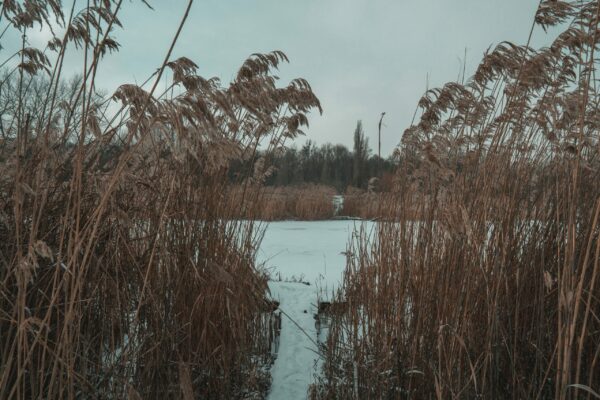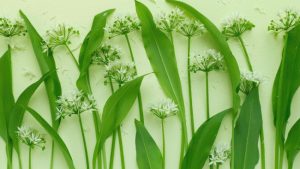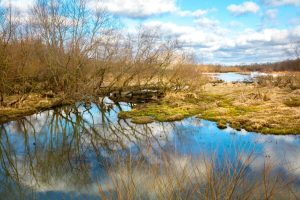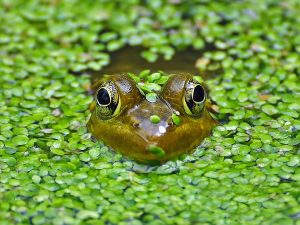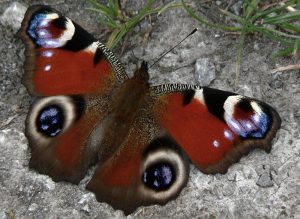
Having a good range of aquatic plants in your pond is essential for attracting a wide range of animal species. In extreme cases they can even kick start the local environment by creating a haven of insects that larger animals, such as birds, bats amphibians etc, can feed from.
By selectively choosing native species over cultivated forms you can ensure that nectar levels and their availability are optimal for the local wildlife. This also helps to create a more balanced ecosystem as well as providing important food sources over a longer period of time during the year.
Native oxygenating plants
In addition to help oxygenate the water, these submerged pond plants perform other valuable functions. Firstly, they keep down the level of water soluble nutrients by absorbing them directly from the water which in turn helps to reduce algae levels by conditioning the water. Secondly, they can provide a shady refuge for frogs, toads and their spawn. They also help to support microscopic aquatic species and provide food for water snails.
Water milfoil – Myriophyllum spicatum
Water starwort – Callitriche verna
Hair grass – Eleocharis acicularis
Native marginal plants
This is the ‘engine room’ of your wildlife pond. Marginal plants provide shelter, protect smaller creatures from predators, and cast shade upon the ponds surface. This reduces extremes of water temperatures during the summer and helps to reduce algal blooms. They control concentrations of harmful soluble minerals by absorbing them through their root system for use as nutrients. Their flowers attract many native insect varieties and their seeds are a valuable source of food for overwintering birds and animals.
Acorus calamus – Sweet Flag
Baldellia Tremuloides – lesser water plantain
Butomus umbellatus – Pink flowering rush
Caltha palustris – Marsh marigold
Carex pendula – Weeping sedge
Ceratophyllum demersum – Hornwort
Cyperus longus – Sweet Galingale
Eriophorum vaginatum – Cotton grass
Eupatorium Cannabinum – Hemp agrimony
Iris pseudacorus – Yellow flag iris
Menyanthes trifoliata- Bogbean
Mentha aquatica -Water mint
Ranunculus flammula – Lesser spearwort
Epilobium angustifolium – Rosebay Willowherb
Veronica beccabunga – brooklime
Lychnis flos-cuculi – Ragged robin
Typha angustifolia – Lesser reedmace (Bulrush)
Native floating leaved plants
Floating pond plants help to protect aquatic invertebrates. They also give plenty of shade, once again helping to reduce extremes in summer water temperatures and controlling problematical algal blooms.
Potamogeton natans – Broad-leaved pondweed
Persicaria amphibia – Amphibious bistort
Ranunculus fluitans – Water crowfoot
Frogbit – Hydrocharis morsus-ranae
Main image credit – Simon Eade [email protected]
You can find more content like this from the Garden of Eaden at their YouTube channel ‘Walking Talking Gardeners’.

